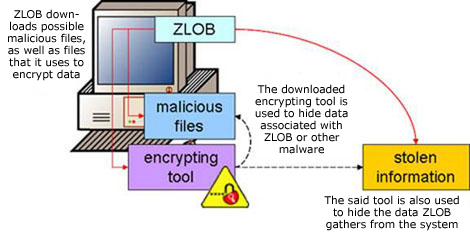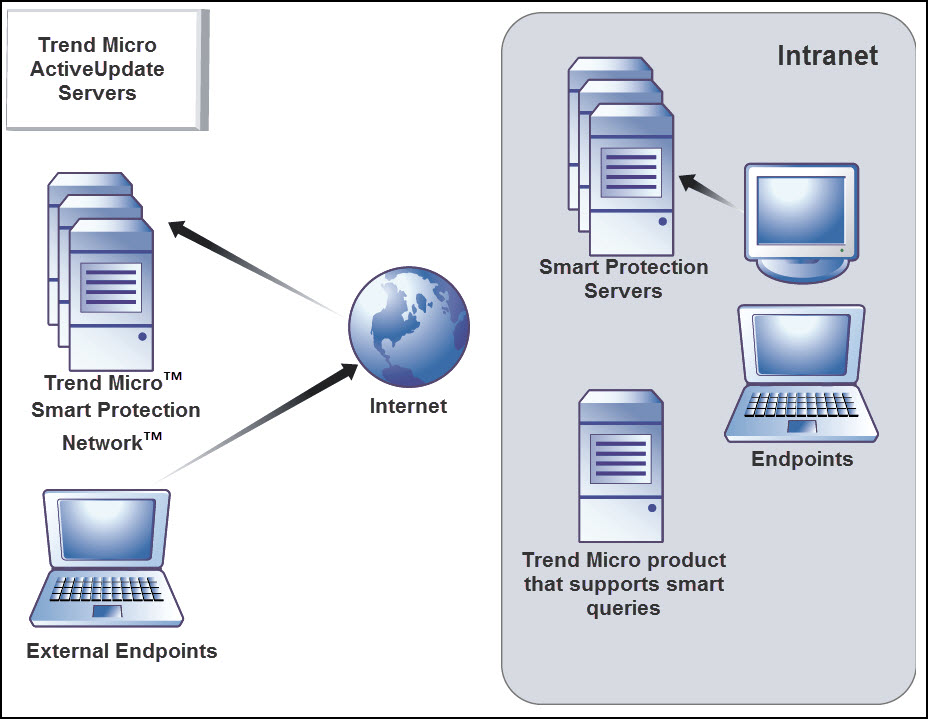
- #Update trend micro threat database update
- #Update trend micro threat database manual
- #Update trend micro threat database full
These scan configurations are used in the default security policies. Deep Security provides a default malware scan configuration for each type of scan. Real-time, manual, and scheduled scans all use malware scan configurations. You can create several malware scan configurations and use them with different policies when different groups of computers have different scan requirements. When you configure anti-malware using a policy or for a specific computer, you select a malware scan configuration to use. Malware scan configurations are sets of options that control the behavior of malware scans. The following table lists the objects scanned during each type of scan and the sequence in which they are scanned. Quick Scan can run only on Windows computers. Quick scan is not configurable.Ī Quick Scan runs when you click Quick Scan for Malware.
#Update trend micro threat database full
It is significantly faster than a Full Scan on larger drives. A Quick Scan will look for currently active malware but it will not perform deep file scans to look for dormant or stored infected files. Only scans a computer's critical system areas for currently active threats.

This scan can be run on all platforms supported by the anti-malware module. Use scheduled scan to automate routine scans and improve scan management efficiency.Ī scheduled scan runs according to the date and time you specify when you create a Scan computers for Malware task using scheduled tasks (see Schedule Deep Security to perform tasks). Runs automatically on the configured date and time.
#Update trend micro threat database manual
A manual scan requires more time than a Quick Scan.Ī manual scan executes when Full Scan for Malware is clicked. The time required to complete a scan depends on the number of files to scan and the computer's hardware resources. Runs a full system scan on all processes and files on a computer. This scan can run on all platforms supported by the anti-malware module. You can configure real-time scanning to run when it will not have a large impact on performance for example, when a file server is scheduled to back up files. Real-time scans are in effect continuously unless another time period is configured using the Schedule option. If Deep Security detects a security risk, it displays a notification message that shows the name of the infected file and the specific security risk. If Deep Security detects no security risk, the file remains in its location and users can proceed to access the file. Scan immediately each time a file is received, opened, downloaded, copied, or modified, Deep Security scans the file for security risks. See also Select the types of scans to perform. The anti-malware module performs several types of scans. To turn on and configure the anti-malware module, see Enable and configure anti-malware. It can also terminate processes and delete other system objects that are associated with identified threats. The anti-malware module can clean, delete, or quarantine malicious files.


The anti-malware module eliminates threats while minimizing the impact on system performance.

#Update trend micro threat database update
Ensure that your Deep Security Agents can communicate with a Deep Security Relay or the Trend Micro Update Server after installation. A newly installed Deep Security Agent cannot provide anti-malware protection until it has contacted an update server to download anti-malware patterns and updates.


 0 kommentar(er)
0 kommentar(er)
